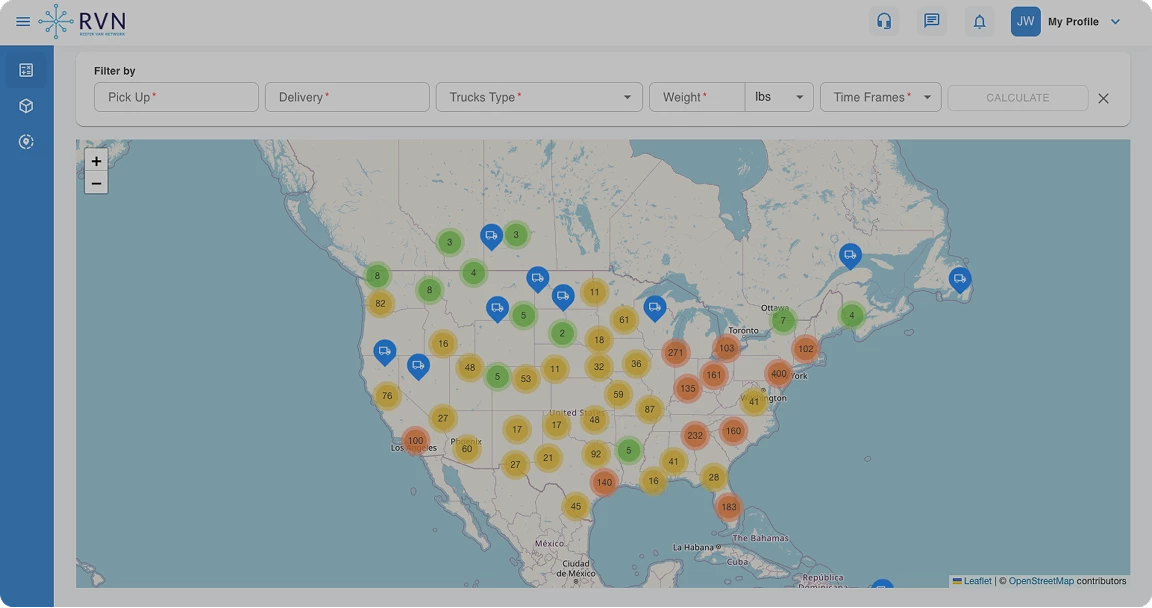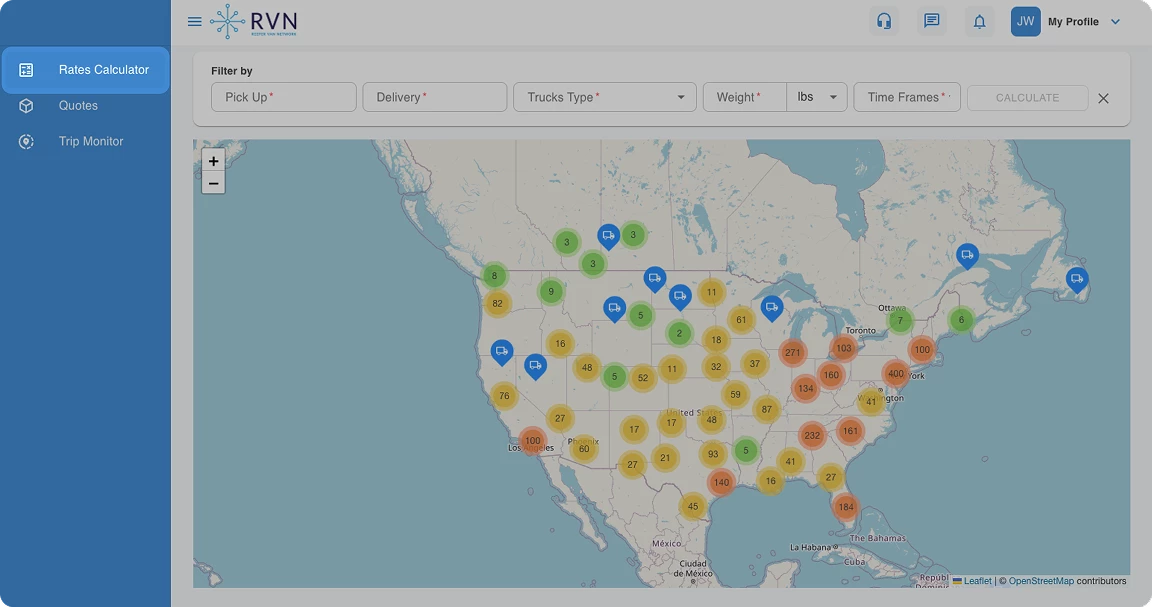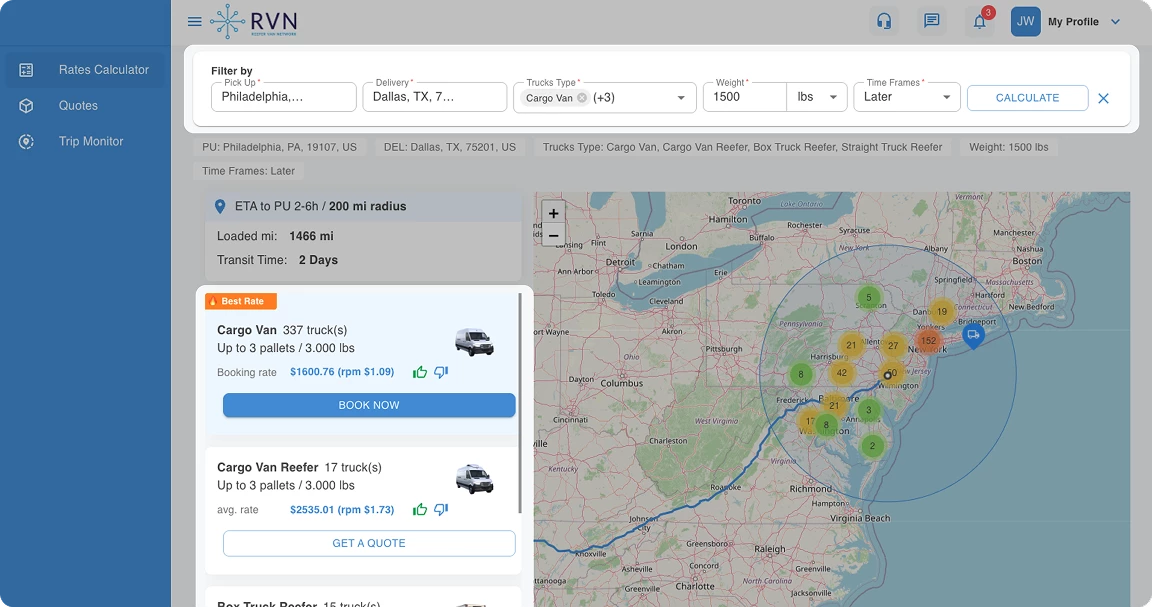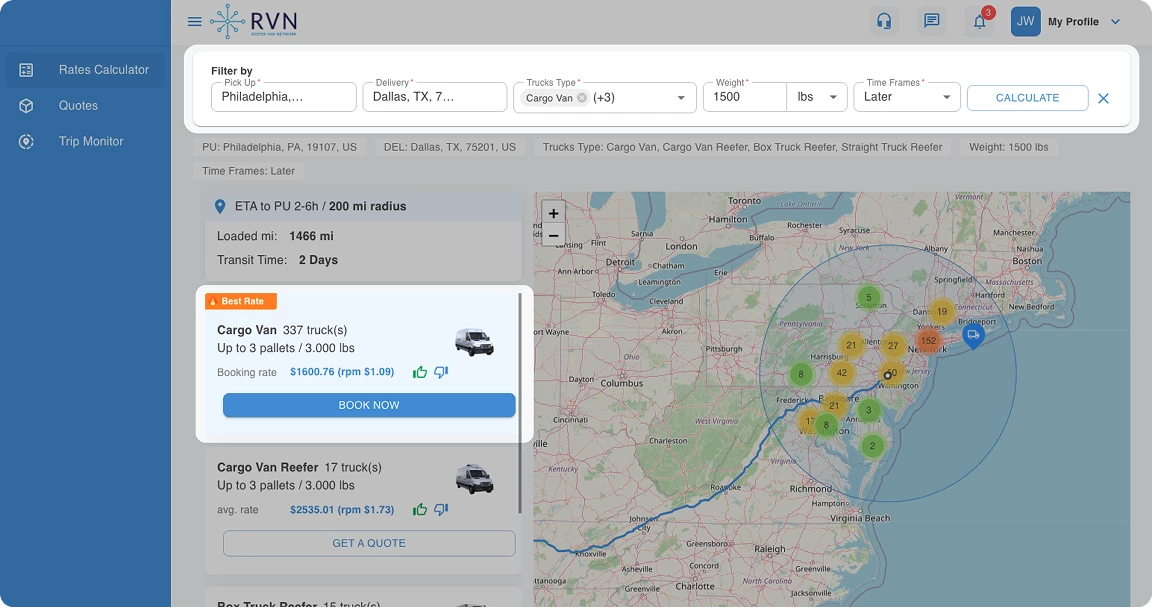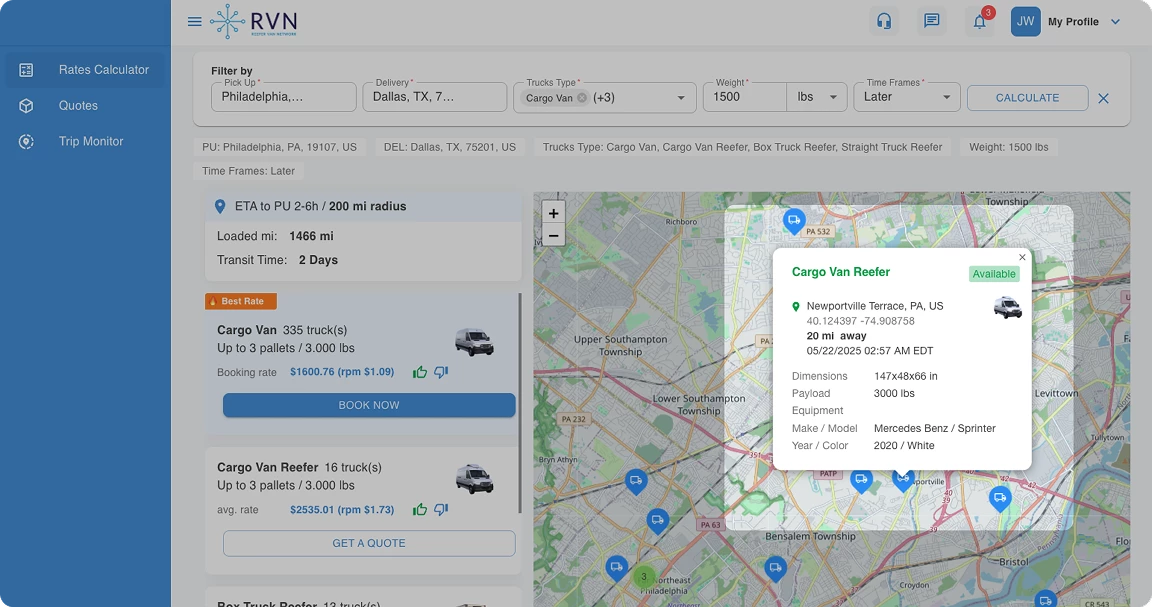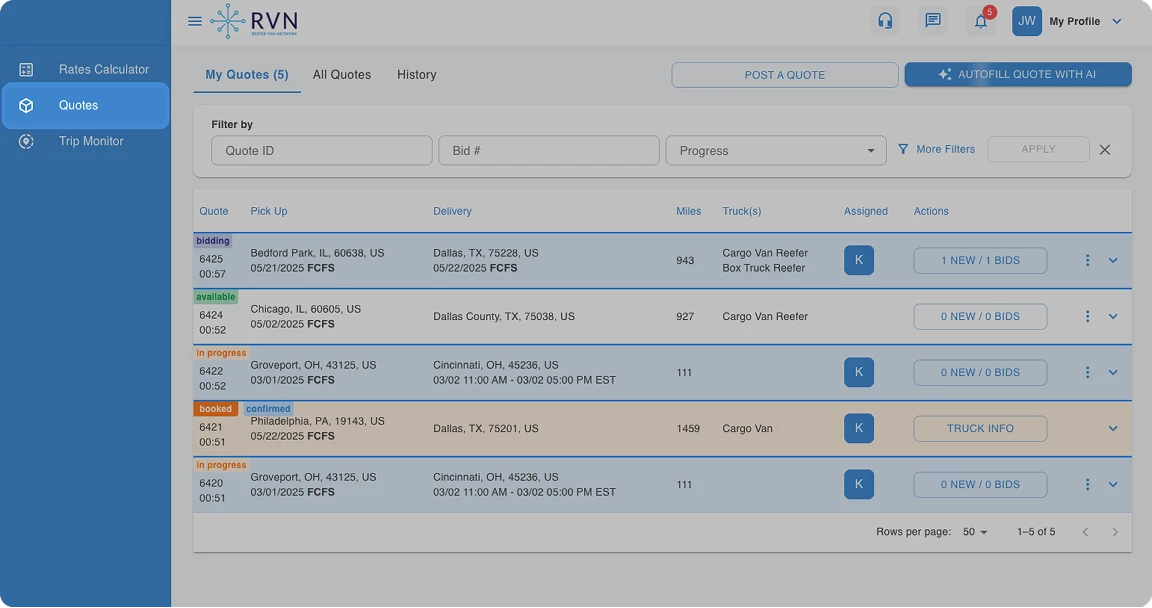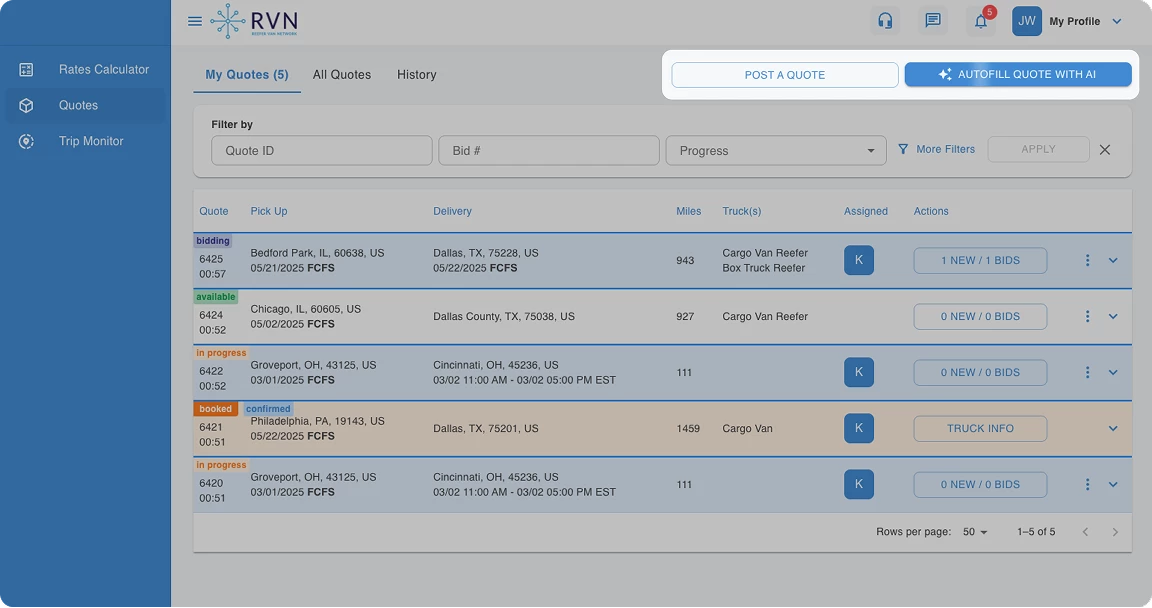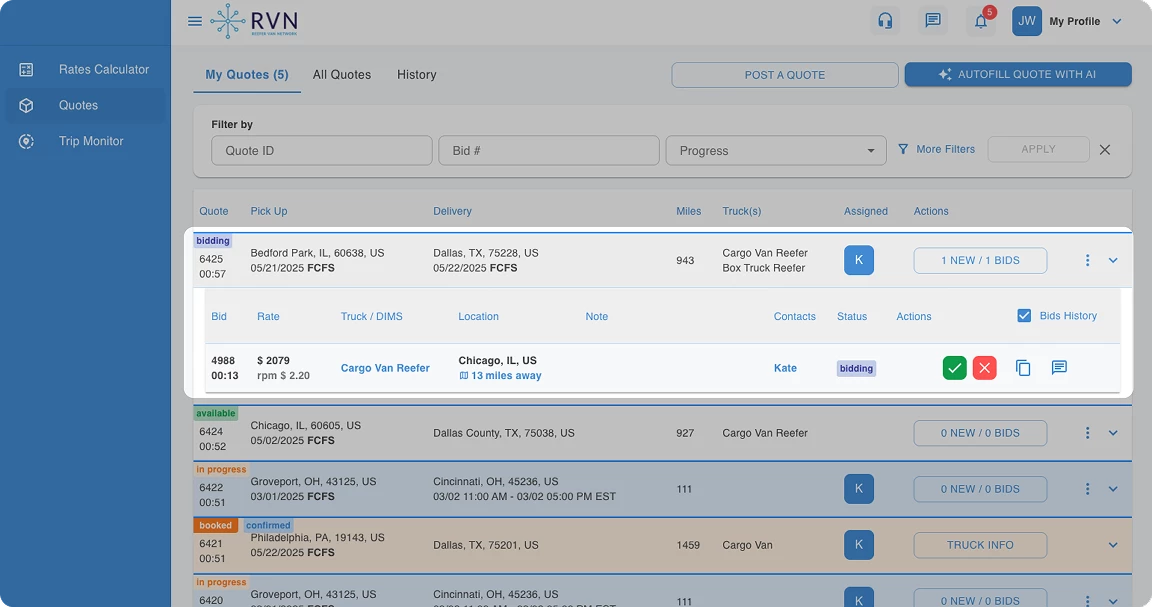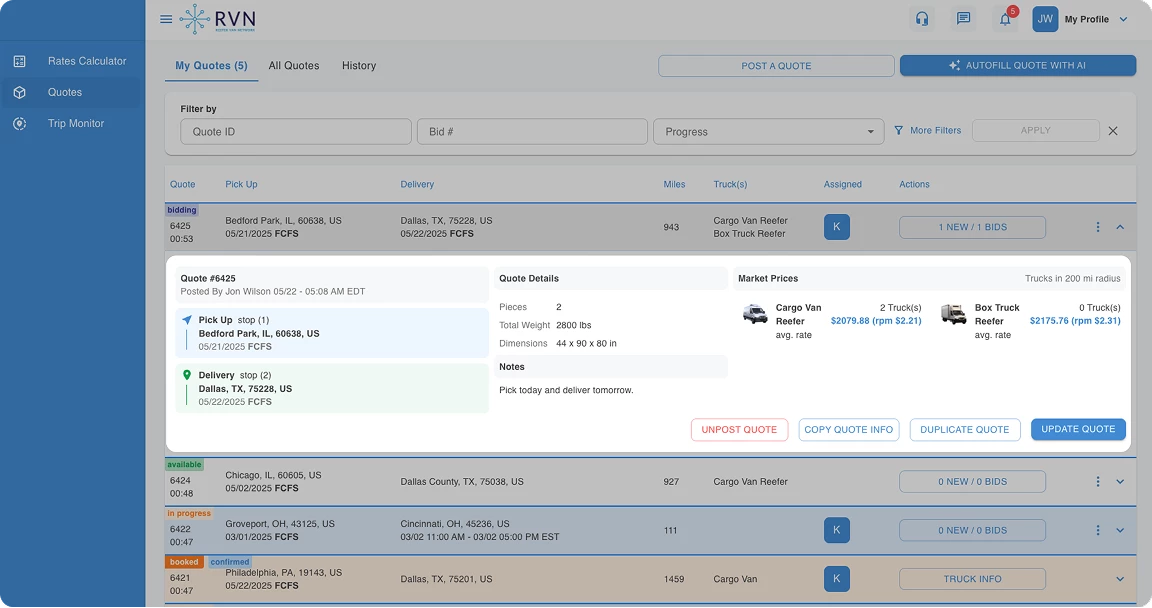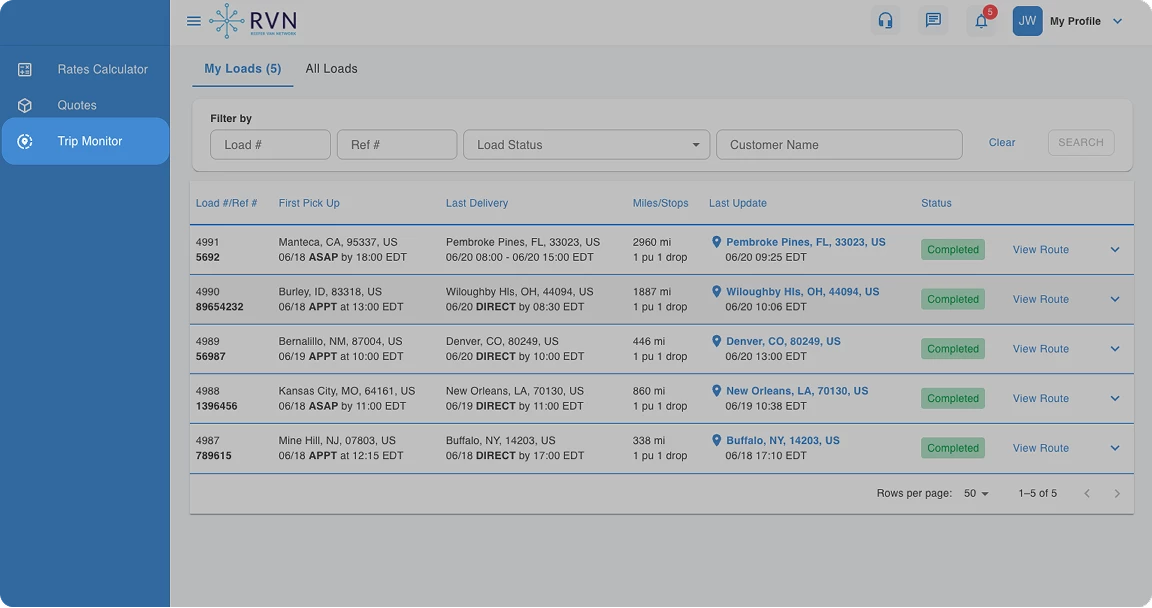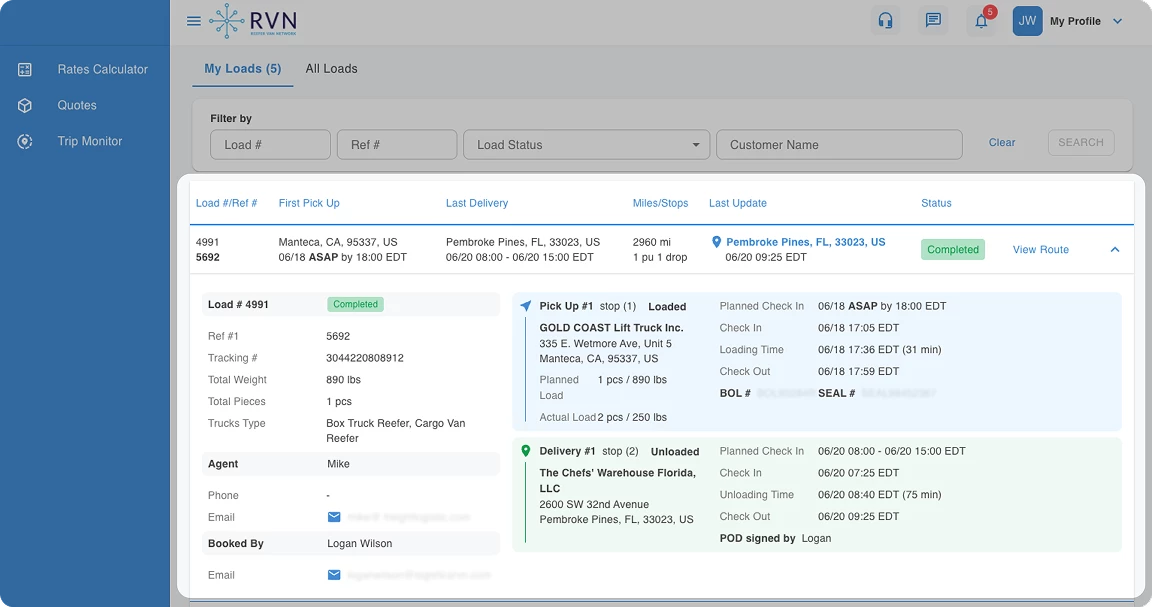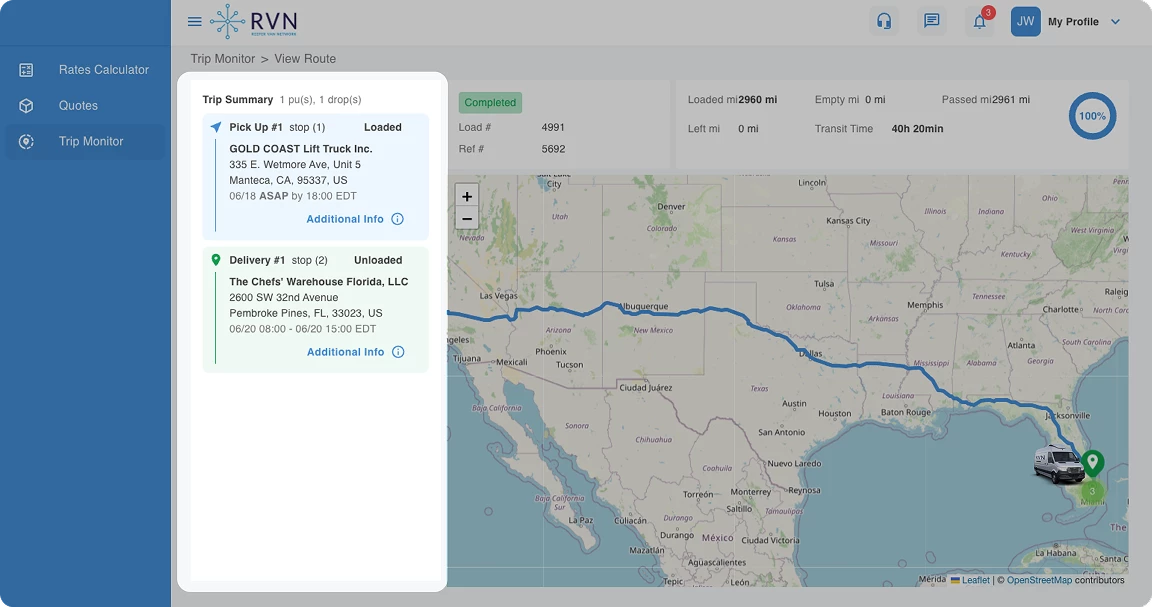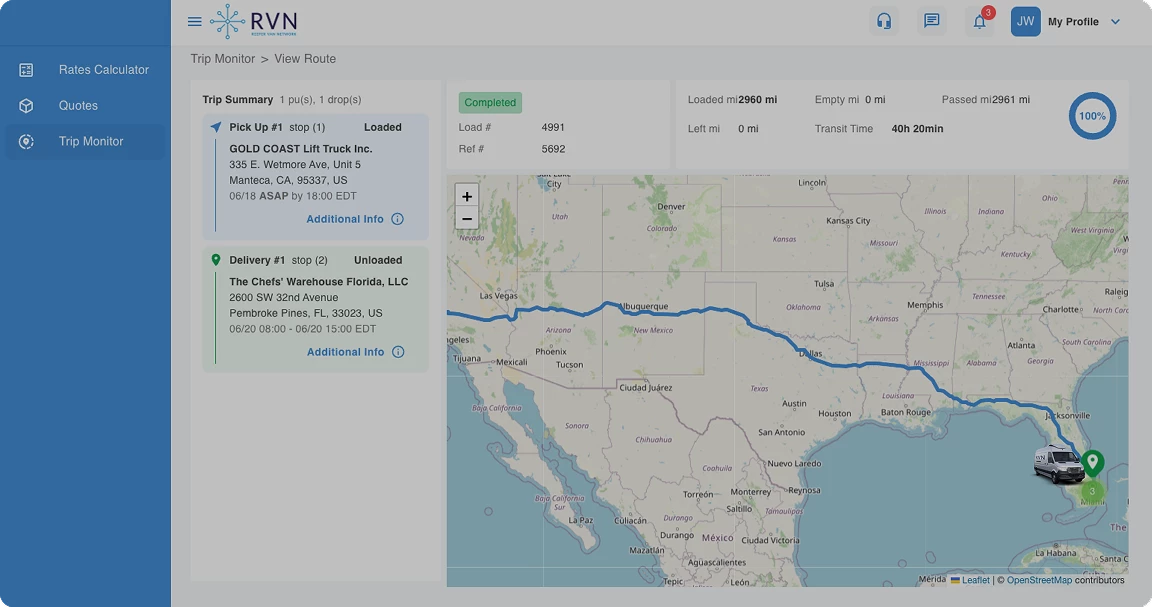
Pharmaceutical transportation is a critical element of global logistics that demands exceptional accuracy and meticulous attention to detail due to the nature of shipments. The stakes are very high, as even the slightest misstep can lead to significant consequences, ranging from compromised product integrity to serious health risks. To help you avoid them, we took together the six most prevalent errors encountered in the transportation of pharmaceuticals and provided solutions to overcome each of them. By bringing these common oversights to light, we aim to foster a deeper understanding and awareness within the industry and empower businesses and logistics professionals to refine their practices.
1. Inadequate Temperature Control
Proper management of temperature is probably the most critical requirement for pharmaceutical logistics. Pharmaceuticals, especially sensitive ones, typically require specific temperature ranges to maintain their efficacy and safety. The complexity of this process is not to be underestimated, as it involves a symphony of calibrated equipment, continuous monitoring, and well-planned logistics.
Failing to uphold required temperature standards often means spoilage of the pharmaceuticals being transported. A deviation from the required temperature can lead to a compromise in the drug’s potency, rendering it less effective or, in worst-case scenarios, harmful. This endangers patient health and imposes significant financial losses on manufacturers due to product spoilage. Furthermore, regulatory repercussions can be substantial, as compliance with storage guidelines is non-negotiable in the pharmaceutical industry.
Recognizing these challenges and placing high importance on advanced temperature control systems is the required step toward efficient pharmaceutical logistics. Ensuring each pharmaceutical product is transported under optimal conditions preserves its integrity every step of the way.
2. Choosing LTL Over STL Shipping
Choosing LTL (Less Than Truckload) over STL (Small Truckload) can appear to be a critical mistake in pharmaceutical logistics. This is because LTL shipping, where cargo from multiple clients is combined in one truck, poses significant risks for pharmaceuticals. These risks stem from the increased handling of products, the potential for cross-contamination, and the inability to maintain a consistent environment throughout the journey.
Conversely, STL shipping, where a single truck is dedicated to one client’s cargo, offers a safer passage for pharmaceuticals. STL minimizes handling, drastically reducing the risk of damage or contamination. Moreover, it allows for a controlled, stable environment tailored to the specific needs of the pharmaceuticals being transported. This method ensures that the integrity of the products is preserved from the point of origin to the destination.
RVN champions the use of STL shipping for pharmaceuticals, recognizing its superior ability to safeguard product quality and ensure delivery in pristine condition.
3. Non-Compliance with Regulatory Standards
The inability to compile with regulatory standards, including guidelines set forth by organizations like the Food and Drug Administration (FDA), Drug Enforcement Administration (DEA), and International Air Transport Association (IATA), can break your cold-chain logistics. These regulations encompass a broad range of requirements, from licensing and handling protocols to documentation and security measures.
Ignoring these regulations can lead to dire consequences. Non-compliance not only risks the integrity of the pharmaceuticals but also exposes the shipping company to legal penalties, including hefty fines and operational restrictions. In severe cases, it can lead to the suspension of licenses, significantly impeding the company’s ability to operate.
By prioritizing compliance with these regulatory standards, you will ensure adherence to the highest legal and ethical guidelines. This commitment will safeguard your products and uphold your reputation in the highly regulated pharmaceutical industry.

4. Inadequate Packaging and Handling
Poor packaging and handling can dramatically impact the integrity of the products, leading to their illiquidity. The packaging must be robust enough to protect the contents from physical damage, contamination, and any adverse environmental conditions encountered during transit.
Common mistakes in this area often include using non-compliant materials, inadequate cushioning, or ignoring the specific requirements of sensitive products. For instance, biologics or vaccines may need additional protective layers or temperature-sensitive packaging solutions, which are often overlooked.
To avoid this mistake, adhere to the best practices in packaging, employing materials and techniques that align with the stringent requirements of pharmaceutical products. This includes using validated packaging systems, ensuring proper sealing and insulation, and adopting handling protocols that minimize the risk of damage. By focusing on these details, you will ensure that the products arrive at their destination in optimal condition and ready for use.
5. Neglecting Security Measures
In the pharmaceutical industry, the security of shipments is not just a matter of protecting financial assets but a critical step in ensuring public safety. The risks of theft and tampering are real and can have dire consequences, from financial loss to severe health hazards if tampered products reach consumers.
Adequate security measures begin with rigorous background checks and training for all personnel involved in the shipping process. Technological solutions, such as GPS tracking and tamper-evident seals, play a crucial role in monitoring shipments in real-time and alerting to any unauthorized access. Additionally, implementing strict protocols for transportation and storage, like secure locking systems and restricted access to storage areas, further enhances the security of pharmaceutical shipments. By employing a combination of personnel training, technological tools, and strict procedural protocols, you can rest assured that every shipment is securely guarded against any form of compromise.
6. Poor Planning and Coordination
Effective planning and coordination are an integral part of successful pharmaceutical shipping. The complexity of the cold-supply chain requires a meticulous synchronization of various elements, from manufacturing to the final delivery. Poor planning or lack of coordination at any stage can lead to delays, increased costs, and potentially compromise the quality of the pharmaceuticals.
To combat these challenges, you need to employ a comprehensive logistics management approach. This includes utilizing advanced planning tools and software for efficient route mapping and scheduling. Proactive communication channels between all parts of the supply chain are also crucial as they ensure that everyone is aligned and responsive to any changes or challenges that may arise. Thus, preparing the team to swiftly address and rectify any unforeseen issues minimizes impact on the delivery schedule and product integrity.
Through thorough planning and seamless coordination, you can effectively handle the complexities of the pharmaceutical supply chain, ensuring timely and secure delivery each and every time.
Conclusion
The successful shipping of pharmaceuticals hinges on meticulous attention to detail, including temperature control, choosing the right shipping method, adhering to regulatory standards, proper packaging and handling, stringent security measures, and robust planning and coordination. These aspects are vital for safeguarding public health and maintaining product integrity.
RVN understands the gravity of these responsibilities and is committed to excellence in pharmaceutical logistics. We invite you to partner with RVN, employing its expertise and dedication to overcome these common mistakes. Contact RVN today for pharmaceutical shipping solutions that you can trust to be safe, compliant, and efficient.
Back to blogYou may also be interested in

What Is the Proper Temperature for a Refrigerated Delivery Truck
Refrigerated delivery trucks, commonly known as reefer trucks, are the backbone of the cold chain logistics industry. These vehicles are designed to transport perishable goods while maintaining specific temperature ranges to preserve freshness, prevent spoilage, and comply with health and safety regulations. Whether it’s fresh produce, frozen meats, dairy products, pharmaceuticals, or floral arrangements, each […]
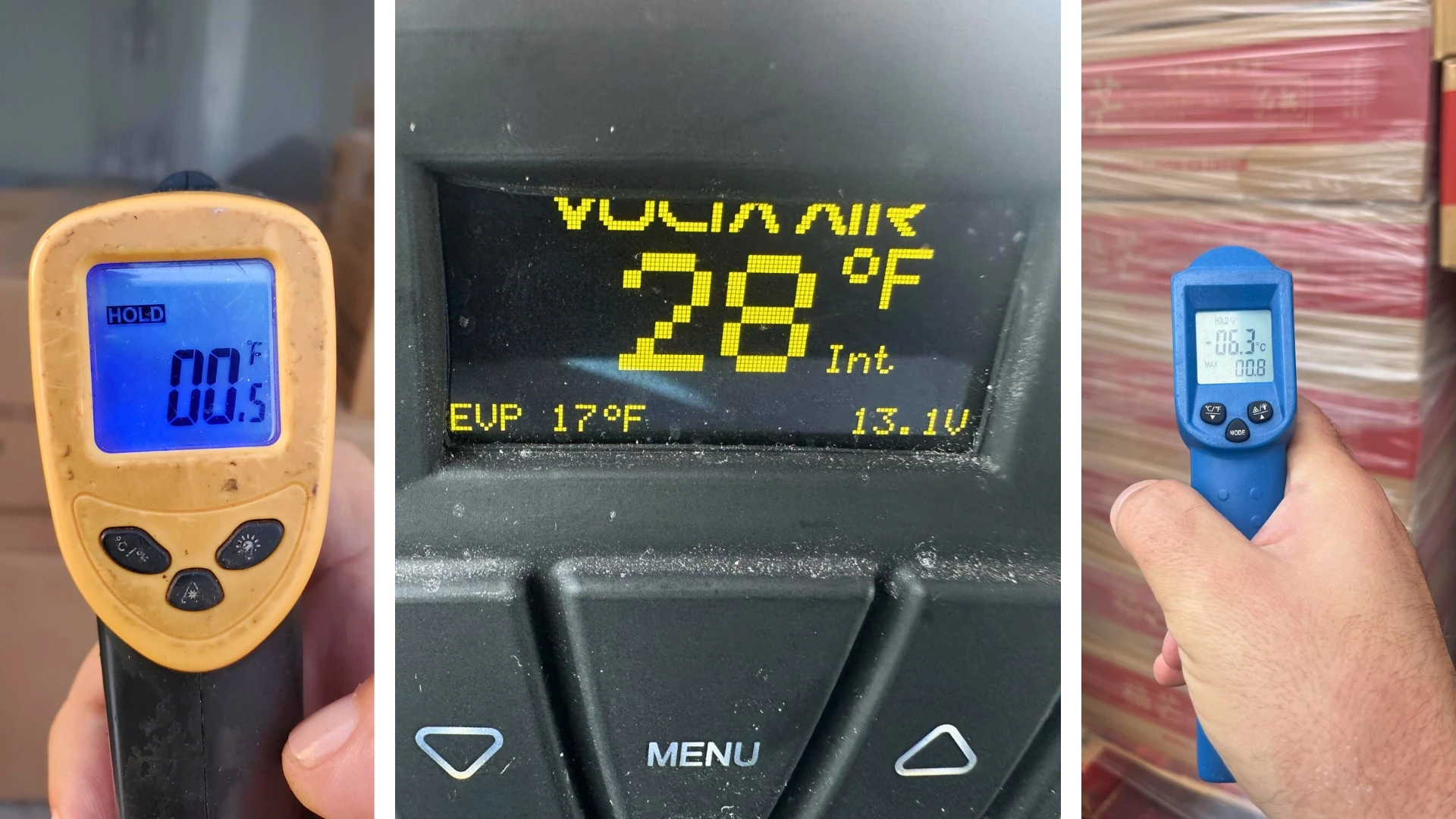
What Is Cold Chain Temperature Monitoring? Ensure Safe, Compliant Transport
Cold chain temperature monitoring is tracking and managing the temperature of perishable or temperature-sensitive goods throughout every stage of their journey — from production and storage to transportation and final delivery. It ensures that products remain within the required temperature range to preserve their safety, quality, and effectiveness. This monitoring is typically accomplished using a […]
